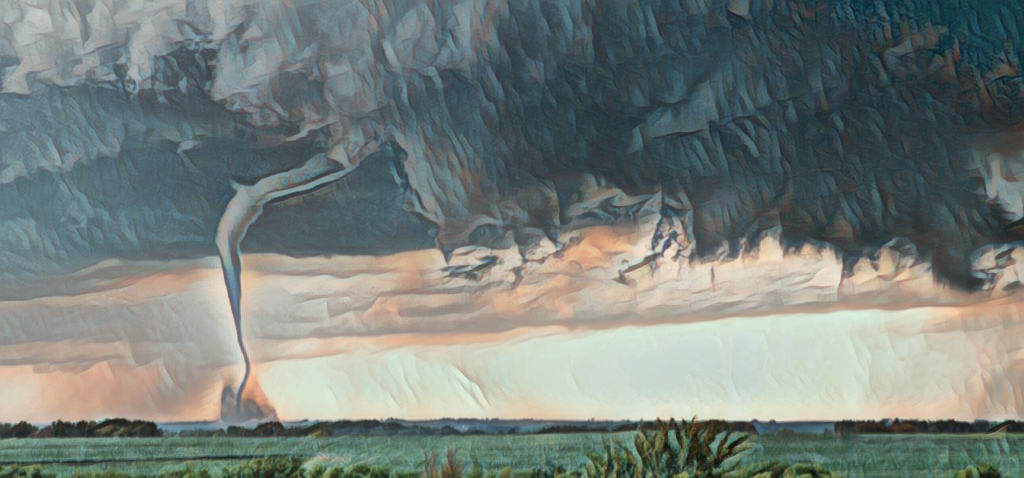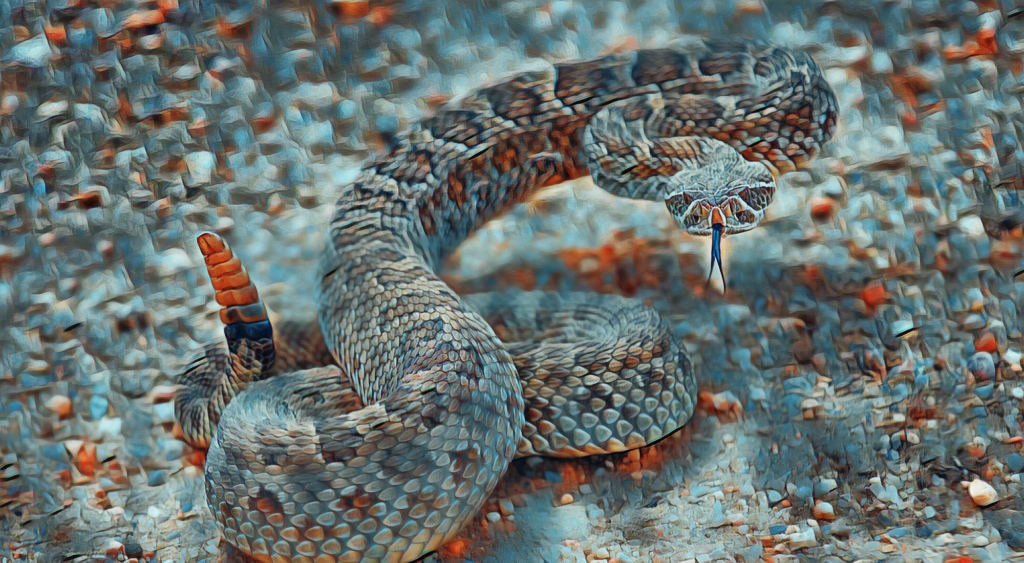Please be careful out there…
Apparently we were hit by some freezing precipitation last night, and it left behind a coating of black ice.
Perhaps you don’t know black ice? You are lucky!
The term “black ice” in the United States is defined by the National Weather Service as “patchy ice on roadways or other transportation surfaces that cannot easily be seen. It is often clear (not white) with the black road surface visible underneath. It is most prevalent during the early morning hours, especially after snowmelt on the roadways has a chance to refreeze overnight when the temperature drops below freezing. Black ice can also form when roadways are slick from rain and temperatures drop below freezing overnight
Black Ice – Wikipedia
There’s a super slick coating on everything. It’s 31°f outside right now, meaning the ice is probably at maximum slickness, where the morning sun hits the ice.
This is basically a warning for folks who may need to go out today. Use salt (it’s warm enough for it to be effective again) and be extremely careful – girl took a fall, even the dog went sliding…
Why is this a topic on a blog about hiking?
I am glad you asked…
Black ice is a significant hazard for climbers and scramblers. Cold weather is common at high altitudes, and black ice quickly forms on rock surfaces. Loss of traction is as sudden and unexpected as on a pavement or road, but can be dangerous if the rock is in an exposed position with a drop below. An ice-axe and crampons are essential use in such circumstances as they will help to prevent a fall, and a belay rope will help to arrest a fall.
Black ice can be deadly, whether you are in a car, walking your dog, or hiking/climbing a mountain. I’ve dealt with black ice on a number of occasions.
Winter hiking at the Grand Canyon was probably the worst. You haven’t fallen until you’ve fallen with a fifty-pound pack on your back.
One more vocabulary term, before I go…
Clear ice refers to a solid precipitation which forms when air temperature is between 0 °C (32 °F) and −3 °C (27 °F) and there are supercooled, relatively large drops of water (from freezing fog). A rapid accretion and a slow dissipation of latent heat of fusion favor the formation of a transparent ice coating, without air or other impurities. A similar phenomenon occurs when freezing rain or drizzle hits a surface and is called glaze. Clear ice, when formed on the ground, is often called black ice, and can be extremely hazardous.
Questions?





